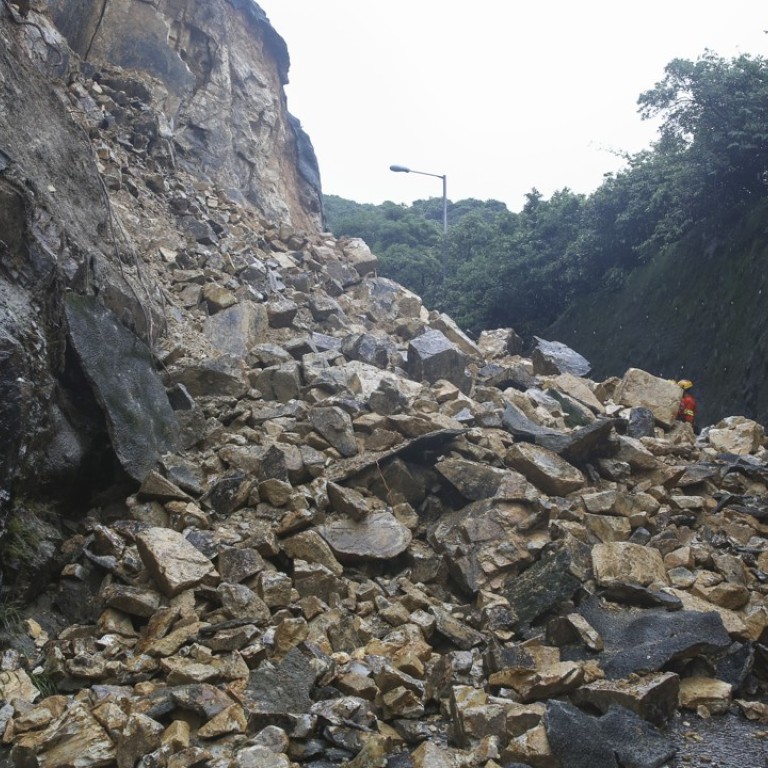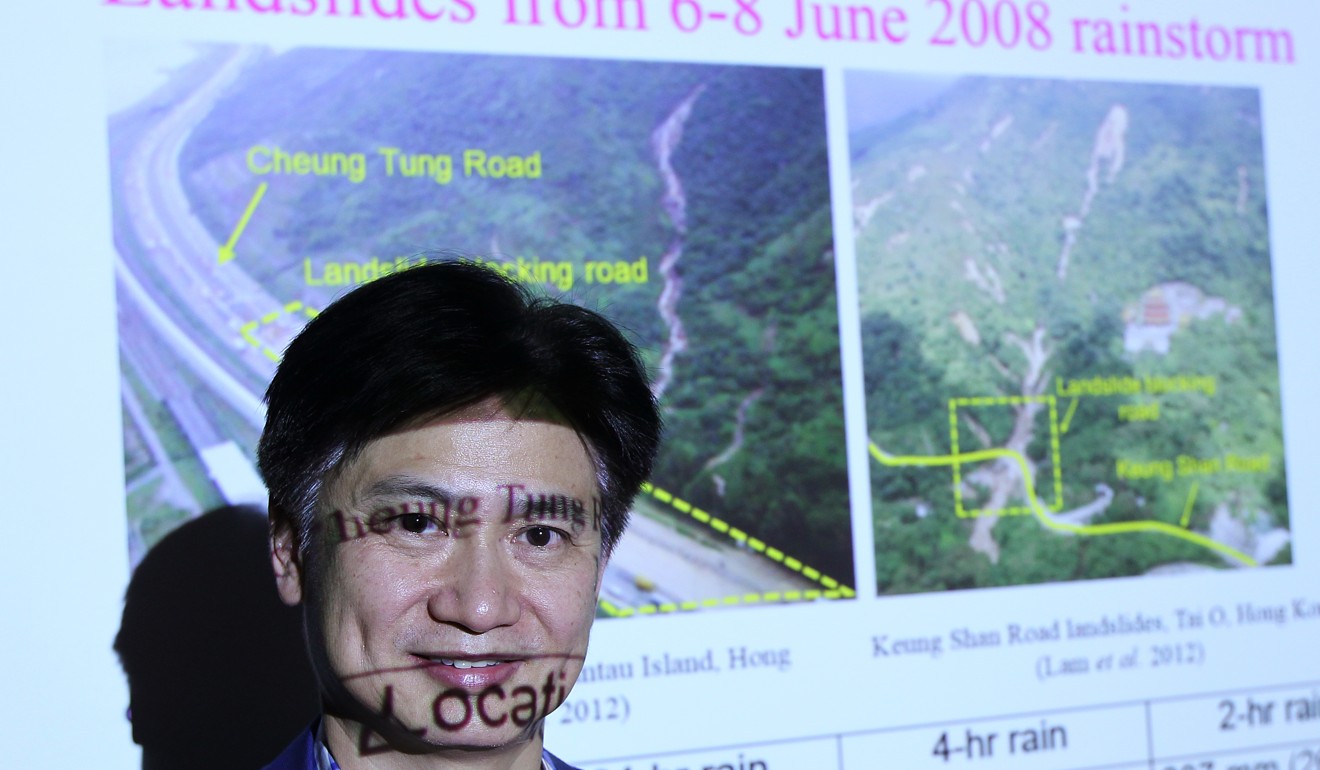
The HK$33.5 million research that will help save lives in landslide-risk areas in Belt and Road countries
Project led by local professor seeks sustainable solutions for rapid debris flow as extreme weather events become common
Multiple flexible barriers are inexpensive, lightweight, cost-effective and easy-to-build and can be installed between mountain passes and gorges.
The system is designed to prevent rapid debris flow and rockfall from accelerating as they tumble downhill. It absorbs and dissipating energy in each catchment.

According to Professor Cui Peng of the Chinese Academy of Sciences’ Institute of Mountain Hazards and Environment, a researcher on the team, most of the “Silk Road economic belt” will pass through areas prone to geological hazards. The percentage of GDP lost to natural disasters in these countries is double that of the world average.
Hong Kong’s hilly terrain, sub-tropical climate and built-up urban centres have given local engineers considerable expertise in managing slopes and mitigating landslides over the last four decades.
Charles Ng Wang-wai, a professor at Hong Kong University of Science and Technology leading the research, said the only challenge was incomplete knowledge of how far apart barriers should be spaced and how high each barrier should be erected.
“The idea is to stop the acceleration of geophysical flows. But to do that we need to work out the maths of the optimum distance and height,” Ng explained. “This hasn’t been done yet. But we hope to be able to deliver this in the next three years.
Flexible barrier systems are already being used in some parts of Europe, he said, but most are based on empirical designs proved to be unsafe.
Traditional landslide barriers in Hong Kong mostly consist of concrete retaining walls that are heavy, intrusive, expensive and environmentally unfriendly.
Hong Kong’s September scorcher: month one of the hottest since records began
Ng’s research team is in the second year of a five-year HK$33.25 million project funded by the Research Grants Committee to “understand debris flow mechanisms and mitigating risks”.
While knowledge of slope mechanics has improved leaps and bounds over the last few decades, the city still sees about 300 landslides of varying severity every year. Ng expected more to transpire as extreme and freak weather events become more common.
The problem now is whether all the available knowledge we have is sufficient
“The problem now is whether all the available knowledge we have is sufficient to prevent these ‘unexpected’ and extreme events under climate change like 100-year rainstorms or floods, which are not as rare as they were before.”
Ng recently became the first ethnic Chinese president of the International Society for Soil Mechanics and Geotechnical Engineering, and said he looked forward to serving as a bridge between the society’s members and the Belt and Road Initiative, which he thought could provide ample opportunities for field research.
“It’s a win-win. They can help us and we can help them.”
“These barriers are fast to build, cheap and effective – perfect for these countries,” he added. “Whether motorways or high-speed railways, they will have to snake through canyons and valleys. All this infrastructure will have to be protected.”

